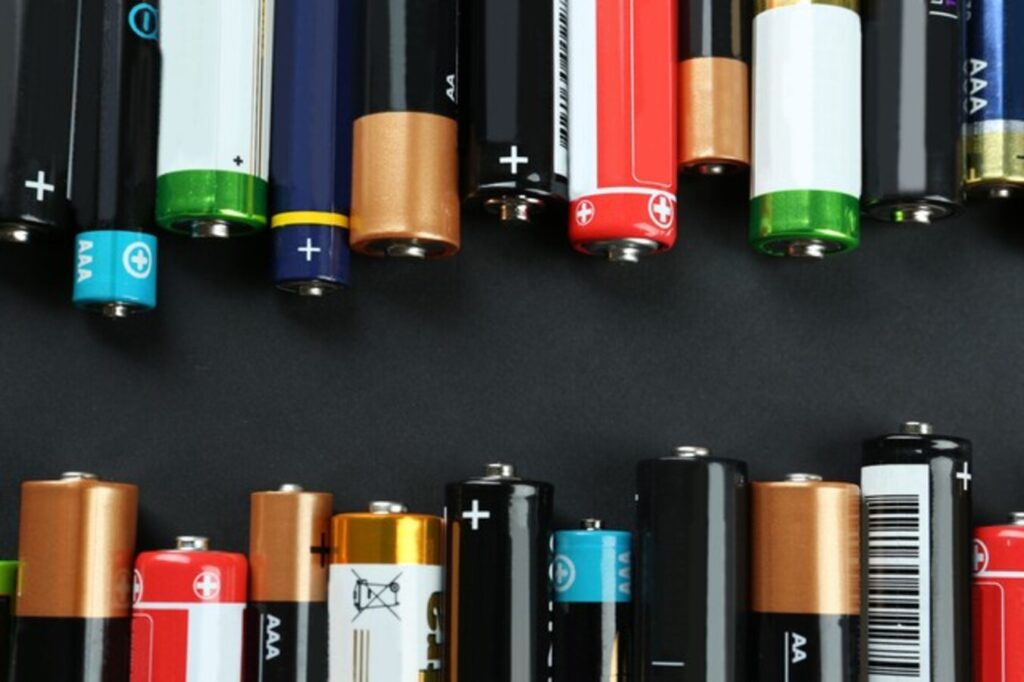How long is the battery life of new energy vehicles in general

Power battery is the core component of new energy vehicles, related to the safety of the vehicle and the vehicle’s later use of the cost, but also consumers are most concerned about the purchase of the car. So how long is the power battery life of new energy vehicles? Let’s take a look.
1. New energy vehicle power battery life
General 5-6 years. Electric vehicle power battery performance indicators require high, battery capacity decay to 80% or less can not meet the function of the electric vehicle,best lithium ion battery machine company decay more than 20% must be retired. At present, China’s power batteries are mainly lithium iron phosphate and ternary batteries, general lithium iron phosphate battery end-of-life period of 5 years, ternary lithium battery end-of-life period of 6 years. After this period, the new energy electric vehicle failure frequency will increase, it is recommended to replace the battery in a timely manner, can solve a series of problems caused by battery aging, such as a significant decline in range, less power storage and slow charging.
2. How many times can the power battery of a new energy vehicle be charged?
According to research, China’s power vehicle battery technology mainly lithium iron phosphate batteries and ternary batteries, ternary battery management cycle use times in 2500 times or so,equipment for lithium battery assembly the battery system capacity decay to 80%, after which its relative capacity will increase with the number of economic cycles to show a rapid decline in the trend.
Lithium iron phosphate battery cycle life of more than 3500 cycles, some more than 5000 cycles.
In the actual use of the process, most of the data provided by the manufacturer is that the range can reach 1500-2000 times of charging and discharging. If you charge once a day, a year is 365 times, according to the number of times of charging and discharging, the battery can be used for 3-6 years.
3. New energy vehicle power storage battery life
For new energy vehicle power battery life, through an example to illustrate, the battery life is a cycle equal to the consumption of a full 100% power process. As if, the day of the use of battery power at 100%, and we use it until the battery is at 0% or completely depleted, full, the next day to consume 100% power, is a battery cycle.
To a labeled range of 400 kilometers of new energy vehicles, according to 80% of the actual range of conversion, a driving 320 kilometers, according to the battery minimum of 1,000 charging cycle times, then the battery life enough to let this model on the road to run a 320,000 kilometers or so. According to the calculation of 100 kilometers a day within the drive, three days to charge once, according to the battery life, the ideal state can be used for 8-10 years.
4. How to deal with new energy vehicle power battery failure?
At present, the recovery of failed power battery is mainly in two directions: gradient utilization and raw material recovery. The former is to disassemble and reorganize the retired power battery, and then applied to energy storage and other areas that do not require high energy density of the battery; the latter is the use of technology from the end-of-life battery to extract cobalt, nickel and other expensive metal materials.
With regard to the secondary utilization of power batteries, different capacity zones correspond to different application scenarios: 100% to 80% zone to meet the power use of electric vehicles; 80% to 20% zone can be used for secondary utilization; capacity below 20% is required for end-of-life recycling.
Power battery recovery and extraction of raw materials, mainly through dissolution, extraction, precipitation, electrolysis and other ways to classify and recover various valuable materials in the form of monomers, compounds or mixtures, generally including physical recycling, chemical recycling and biological recycling of the three major methods, the most widely used is chemical recycling.
